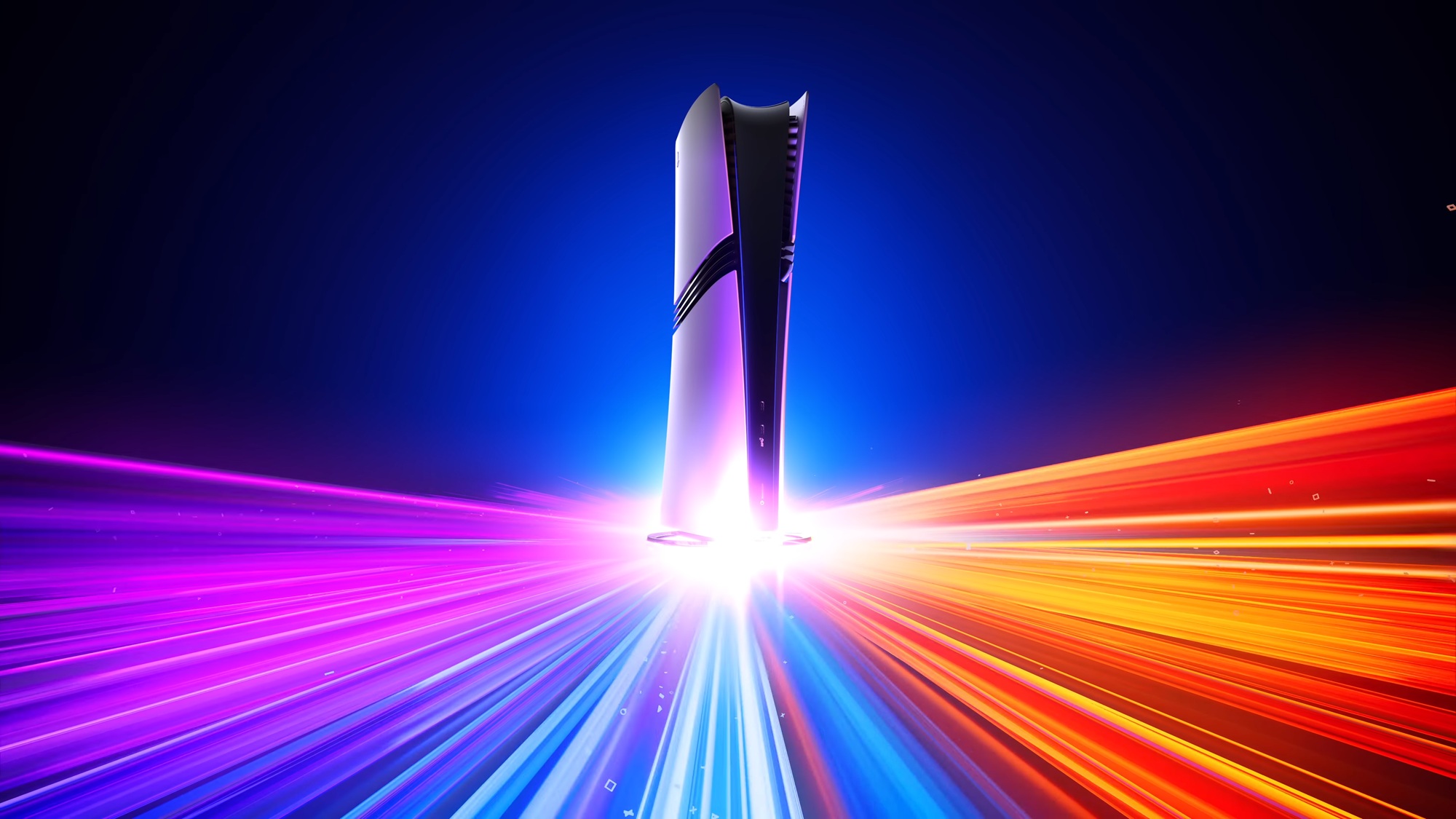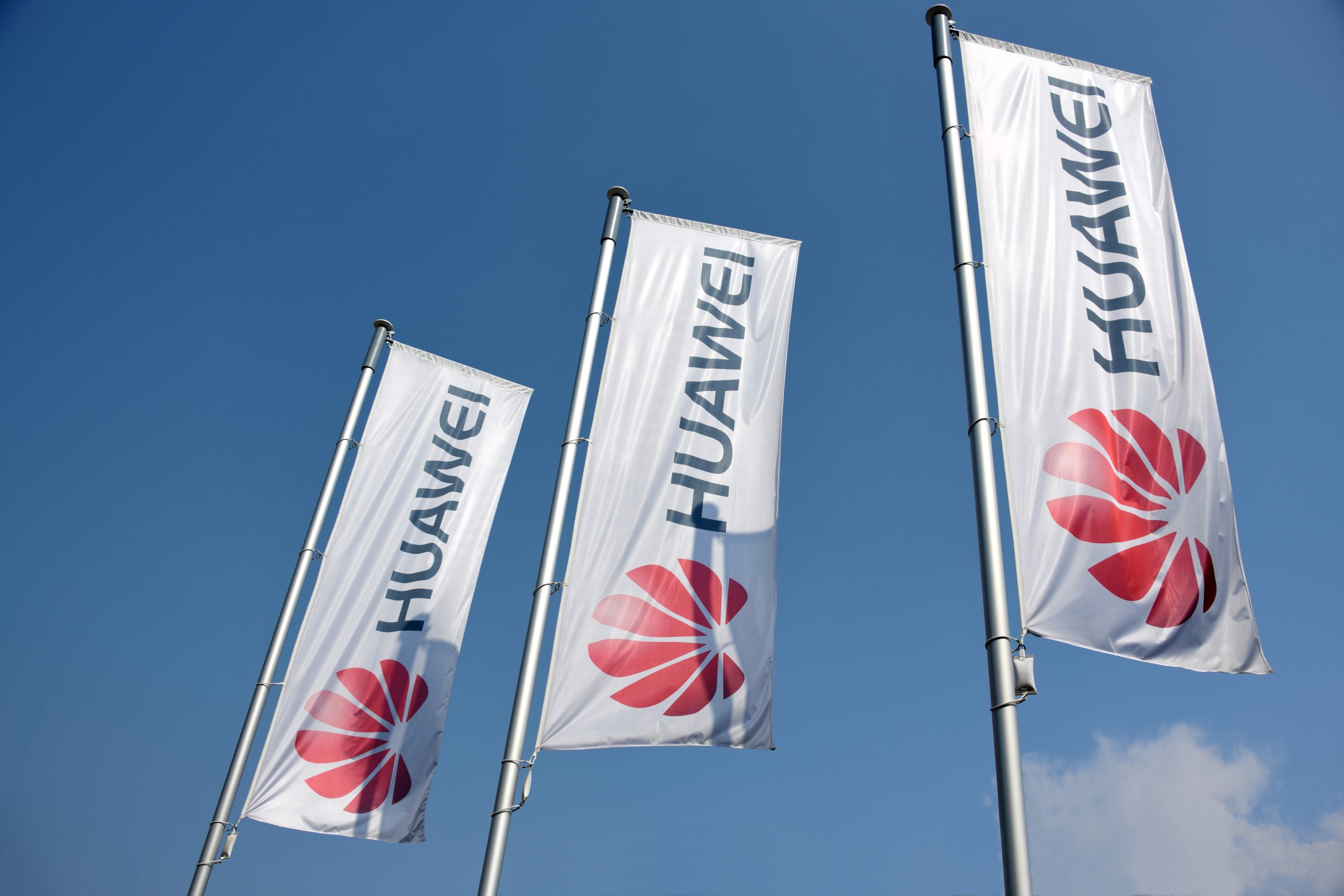At a November 20th Los Angeles Department of Water and Power (LADWP) public hearing on the proposed Scattergood Modernization Project, over 40 community members and residents voiced concerns about the LADWP’s $800 million plan to convert the Scattergood Gas plant so that it can burn hydrogen.
Environmental advocates criticize the retrofit as a greenwashing scheme by the fossil fuel industry to keep us hooked on methane since the technology to burn 100 percent hydrogen is currently unavailable. Meaning that when the LADWP moves forward with their $800 million retrofit, they won’t be burning pure hydrogen, but a mix of hydrogen and methane gas—currently estimated at only 30 percent hydrogen.
“Burning 100 percent hydrogen at the scale that LADWP is proposing has never been done,” Julia Dowell, Senior Organizer at the Sierra Club, tells me. “They are really banking on the technology becoming available.”
“Ironic,” Dowell says because, in the LADWP’s push to move forward with hydrogen, they have written off other alternatives—such as longer duration battery storage—because the technology is new.
And it’s not only environmental advocates and community members identifying the hydrogen retrofit as a lifeline to the gas industry; former City Councilmember Paul Koretz, in a December 2022 Energy and Environment Committee meeting, made similar claims:
“The fact remains that [a] SoCalGas lobbyist looked me in the eyes and told me they intended to use hydrogen to keep the methane flowing for as long as possible.”
The Scattergood plant would be a “Peaker Plant,” Alex Jasset, Energy Justice Director with Physicians for Social Responsibility, tells me. Meaning that it would only come on when energy usage is extremely high—only about 1 or 2 percent of the time, according to LADWP’s estimates. “As we prepare to invest $800 million in [Scattergood], I think we should be certain that there aren’t cheaper, cleaner ways to meet such a small share of the energy demand,” Jasset said.
And according to the Draft Environmental Impact Report, starting up and shutting down the plant will emit toxins that exceed air quality standards.
Other advocates criticized the environmental justice impacts of the project—which would continue to harm the communities around the gas plants.
“It’s like Pandora’s box; you just keep unfolding things: where is it going to be produced? How is it going to be transported? What are the end uses? There are a lot of things that need to be considered in the big picture of hydrogen that aren’t being considered in this project.” Dowell told me.
So, what really is “green” hydrogen?
If you were to watch SoCalGas’s two-minute video on their Angeles Link Project, you’d be met with images of children and crashing waves and women looking contemplatively at futuristic skyscrapers. The future, SoCalGas claims, is green hydrogen. And their project to bring it to California seems well on its way.
State leaders (working hand in hand with industry) have designated California a hydrogen hub—receiving over a billion dollars in federal funding to build hydrogen infrastructure across the state. Locally, LADWP and the California Public Utilities Commission are both moving ahead with costly projects to convert aging gas plants to burn hydrogen and build hundreds of miles of new pipelines.
According to the Department of Energy, green hydrogen is made by using electricity to split water into hydrogen and oxygen molecules. What differentiates “green” hydrogen from, say, blue or grey hydrogen is the fuel used to produce hydrogen. “Grey” hydrogen is produced using methane, and “blue” hydrogen is grey hydrogen coupled with carbon capture programs to put some of the emissions back in the ground.
According to an Earthjustice report, the majority of hydrogen in this country is produced by methane – and thus is highly polluting.
While the process of creating “green” hydrogen does not emit greenhouse gasses, it is very energy-inefficient and water-intensive.
A report from Food and Water Watch estimates that it will take up to 25 gallons of water to produce one kilogram of green hydrogen. If the Department of Water and Power is successful in transferring its four existing gas plants into hydrogen plants — which they have suggested they want to do — Food and Water Watch estimates that “by 2045, the LADWP’s proposal would require 1.7 billion gallons of fresh water (or 8.5 billion gallons of seawater) each year.”
“Logically, it just doesn’t make sense for California to be producing hydrogen,” said Andrea Vega, Senior Organizer with Food and Water Watch. “We are still facing drought conditions.”
Turning green energy into hydrogen is also less efficient than using that energy in the first place. A report by Earthjustice claims that “using renewable electricity to power electrolysis results in substantial energy losses—anywhere between 20 and 40 percent of the energy is lost.”
“We are essentially taking green energy and turning it into something that will impact the climate negatively because there is no way to guarantee that it will never leak anywhere,” Jasset told me.
Not only does burning hydrogen emit six times as much NOx as burning methane — which reacts to create particular matter and ozone — but the molecules are tiny, undetectable, and highly explosive. Hydrogen is the smallest molecule, and because it is so small, it is much more prone to leakage. This is especially concerning because, as Jasset explains it, there is no chemical odorant small enough to travel alongside hydrogen. If it leaks, there will be no way of smelling it and virtually no way of detecting it.
Advocate estimate that hydrogen leaks are five times more likely than methane leaks.
Hydrogen is highly combustible; studies show that at “a wide range of mixtures,” hydrogen is highly combustible and explosive with atmospheric oxygen. And SoCalGas plans to pipe it through our state and possibly store it in our aging gas storage facilities.
How is it going to be transported?

For over a year and a half, Faith Myhra with Protect Playa Now has been sitting on the CBO Stakeholder group for community engagement for the Angeles Link Project as part of Phase 1 of SoCalGas’s plan to build a new network of pipelines to carry hydrogen to Los Angeles.
Faith characterizes the process as inconsistent and illegitimate. SoCalGas provided a simplistic and unhelpful map of the pipeline systems, could not list the names of green hydrogen producers or consumer sites, and representatives have gone back and forth as to whether or not the company plans to store hydrogen in the form of ammonia in one of their many aging gas plants.
“SoCalGas keeps saying we will get to 100 percent clean hydrogen, that the technology will get there, but they have not backed up these claims – this is just a lie they are telling us. This technology does not exist at a practical or commercially viable scale,” Myhra tells me.
This is incredibly concerning to Myhra because while there is some federal and state money coming in, much of the cost of this project will fall to ratepayers. Estimates put the cost of building a new pipeline close to $1 million per mile.
Organizers say that since they already own the right-of-way on their existing pipelines, they plan to construct the new pipelines there. When asked where exactly these existing pipelines are, Vega told me the locations were not public.
And we are already seeing SoCalGas pass the price to consumers.

According to Vega, these costs are to cover experimental projects like testing hydrogen in homes in Orange Cove. After students at the University of California Irvine protested the industry’s plans to test burning hydrogen on their campus, SoCalGas selected a small, mostly Latino farm working town to test a blend of hydrogen. Meaning hydrogen is already flowing into their stoves and heaters, which Vega says puts older gas infrastructure at greater risk of leakage and explosion.
While these projects are already underway, they are not yet finalized – The Angeles Link still needs approval by the California Public Utilities Commission to move onto Phase II. The LADWP is taking comments on their Scattergood hydrogen “Modernization Project” until January 29th, 2025, after which the city council will have to approve it.
“We are really hoping that LADWP will listen to the communities they serve,” Dowell says.
Written comments on the Scattergood Modernization Project can be emailed to email hidden; JavaScript is required.










